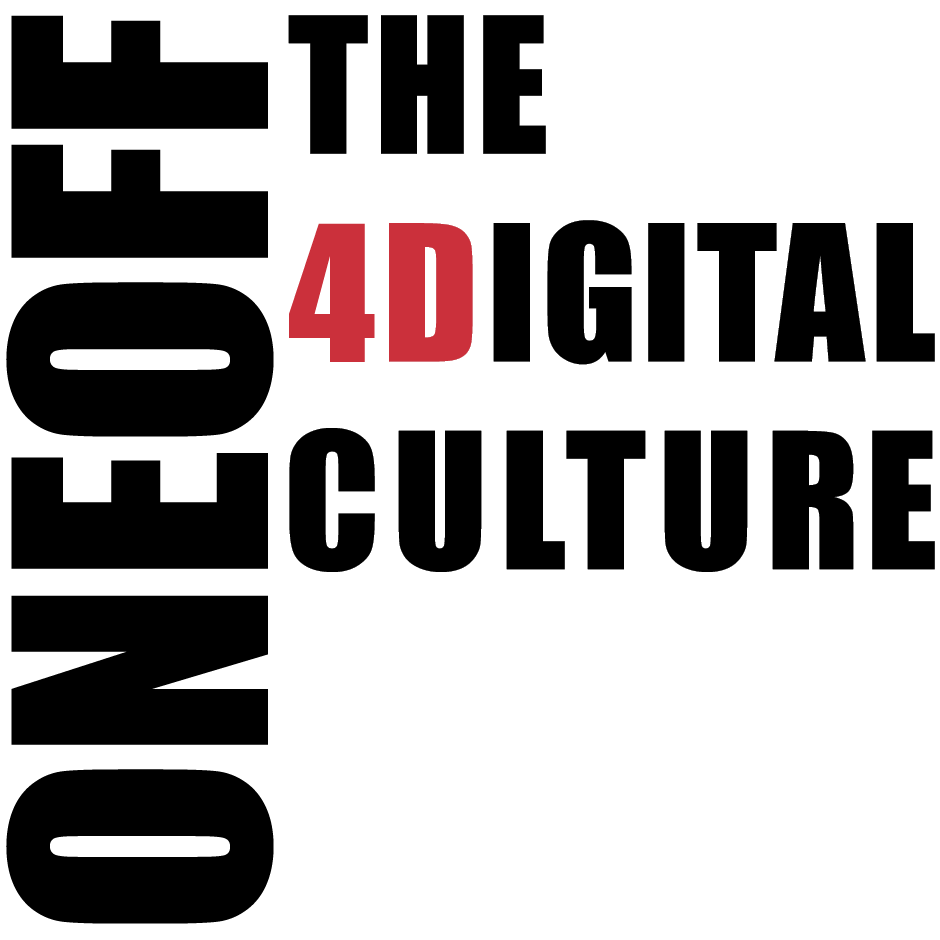Digital Craftsmanship
Craftsmanship and digital culture create an apparently contradictory combination, but which can in fact become an incredible drive for innovation.
What does it mean today for ONEOFF to be a digital craftsman?
It means understanding that, in reality, digital culture is more of a manual culture than an industrial one. Industrial culture first and foremost looks at productivity, whereas the objective of an artisan is to complete an object, restore it or repair it.
In digital crafts the starting points are software, contents, interfaces and sensors: for ONEOFF these are the digital raw materials that must be shaped, moulded, contextualised and integrated.
The concept of seduction is also linked to the concept of sedating a ‘magical’ idea such as the digital one. These are activities that involve interaction between material, shape and processes that are deeply linked to the culture of handcrafts: a culture in which every context is unique.
For ONEOFF the digital material is the means of communication that interfaces with all the productive technologies available, from rapid prototyping to CNC milling, to laser cutting, to photo-etching or other more traditional techniques.
The same digital material can be used both as instruments and products for communication or visual arts. Linking 3D files to concepts of interaction design or project mapping is one of the latest aspects of this revolution.
The generative use of digital technology is made possible thanks to the interaction between craftsmanship, the hacker culture and the web.
The hacker culture presents human labour as something creative, playful and generous. The desire to contribute to global knowledge goes beyond personal objectives (and any associated opportunities for profit) and tends to have a more emotional approach to the world of creative work. A kind of deeply-felt mission with the aim of helping to build a “better world”.
The web allows access to resources, time and shared ideas: a global resource where one can associate new forms of participation and new forms of production such as crowd sourcing. Clay Shirky, lecturer at New York University, reflects on this kind of “cognitive surplus” defining it as a vital, emerging strength that can collect delocalised and fragmented knowledge and put it together into something new and useful for the community.
Another interesting analogy between the craft culture and information technology is the concept of repairing (maintaining). In fact creating and repairing are one and the same thing and only those who can do both can see beyond the components of an object and capture the overall aim and coherence of a technique.
In an artisan’s workshop production, research and learning have always merged.
This has resulted in a natural interaction between art, technology and manual skills, giving rise to extraordinary and innovative creative products. A workshop is also a showcase, a commercial environment, a place where interaction with the client-consumer takes place. The craftsman is re-examining his relationship with tradition and innovation and the link between craftsmanship and technology is today much stronger than one imagines.
The digital world has an intrinsically transformative root and is hence potentially generative. This is both because it is a fundamental lever for changing context (automation of procedures, connecting remote places, increase in the capacity to calculate and store information, synchronization of unrelated activities) and because it modifies the user, at times increasing his potential and freeing him from the limitations of context.
The open source movement and the simultaneous standardisation of interfaces has created a boom in “digital raw material” with high potential and contained costs which the craftsman can then intervene on, to adapt and personalise.
Furthermore, the growing environmental awareness that looks with concern at waste and is aware that the world’s resources are ending, increasingly considers the concepts of recycling and re-using of paramount importance.
Because of its extreme dynamism, its capacity to capture and spread innovation, its ability to transform ideas into hugely successful projects that operate locally but which compete on the global market, the digital world allows another important competitive factor to be put into context: the concept of company size.
A craftsman with the ability of using digital technology and combining it in different ways, results in a reality with no limits to its applications where any kind of prototype or product can be created. If it has the ability to manage digital material and use the resources that the web offers, a small-scale workshop can today compete on a technological level with large-scale industrial realities.
One no longer speaks of digital craftsmanship but of DIGITAL CULTURE, where different skills can interact simultaneously and, by using the same source, can create virtual and real products, suitable for industrial, relational, musical or visual implementation. The true revolution is to be able to employ digital information and channel it according to specific needs, whether virtual or real, visual or productive.
ONEOFF is part of this movement and is helping develop it.








